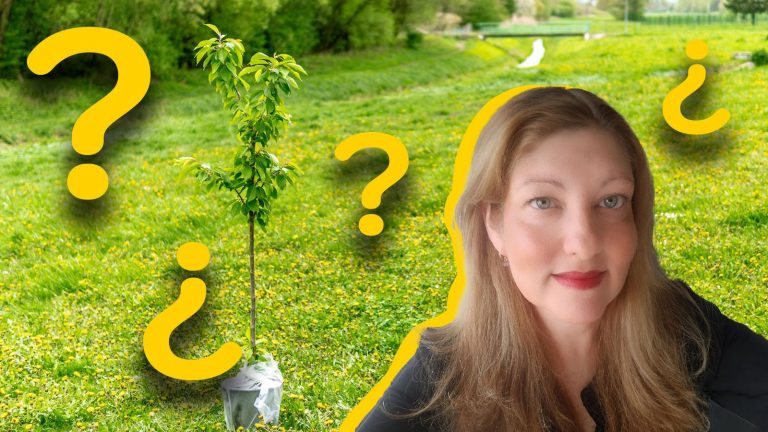A reader asked us:
For those of us planting trees alone, is there any support, such as soil, seeds, or products (working tools)? Thanks.
Journalist Johani Ponce seeks the answer to this question and shares it below:
Across the United States, a variety of programs and resources exist to support individuals interested in planting trees, providing everything from seeds to planting and care tools. These supports are available in several areas of the country, including areas with larger Hispanic populations. It’s important to follow one golden rule in the world of reforestation: “The right tree must be planted in the right place.”
The U.S. Department of Agriculture (USDA) can assist with tree planting through existing programs. These programs provide assistance to farmers, ranchers, and forest managers to implement reforestation practices and sustainable management of forest resources. For more information about how to obtain these benefits and resources, you can visit your local USDA Service Center or the farms.gov website.
However, Luis Alexis Rodríguez-Cruz, a social scientist and author from Puerto Rico, published an article explaining how Puerto Rican farmers are struggling to obtain U.S. Department of Agriculture (USDA) Difficulties faced by agricultural service agencies in serving. Rodriguez-Cruz recounted his personal experience of trying to contact the USDA office in Puerto Rico for a month and receiving no response despite sending several emails. This case reflects a larger problem: The institution's lack of accessibility, especially since many programs are only available in English, creates barriers for farmers who don't speak the language.
However, many states have programs available. You can usually find the program if you type “tree planting” and the name of your county or city into a search engine.
In Miami-Dade County, for example, the Million Tree Project is underway to expand the tree canopy. Residents can receive free trees, tools and receive instruction on tree care. In addition, the county provides educational resources and advice to ensure trees are planted on the property. Through these initiatives, community engagement is also promoted to improve the environmental sustainability of the area.
In New York, the New York Restoration Project (NYRP) works with residents in communities across the five boroughs to renew gardens, restore parks, plant trees, encourage urban agriculture and create partnerships that transform the urban landscape. The organization values the unique experiences, knowledge and resources each community member brings to its work. Its promise is to build a greener, more resilient city for all.
In Austin, Texas, TreeFolks invites Austin residents to participate in a tree adoption event. Through its NeighborWoods program, trees will be distributed in five-gallon containers for free.
There are four events in January and February where you can get free trees. No pre-registration is required; you just show up. TreeFolks' NeighborWoods program is a partnership with the City of Austin and Austin Energy.
Trees will be provided on a first-come, first-served basis, with a maximum of 2 trees per household, following the “right tree, in the right place” principle.
Trees Matter is a nonprofit environmental education organization based in Phoenix, Arizona. The organization recognizes the need to provide important resources to the public so they can properly select, plant, care for, and, of course, advocate for trees. The goal is to develop a culture of tree defenders and guardians. The Trees Matter organization offers volunteering opportunities.
Among the resources available to individual tree planters, an important option is The Nature Conservancy's (TNC) One Billion Tree Planting campaign. This global initiative aims to restore the world's forests by planting one billion trees. Although it does not directly provide soil, seeds or tools, it provides a platform for individuals to participate in forest restoration. By participating in this campaign, you can gain access to guidance, educational resources, and become part of a collective effort to combat deforestation and mitigate climate change.
These programs not only provide resources and materials for tree planting, but also seek to engage communities in creating a more sustainable environment, improve air quality and promote biodiversity.
